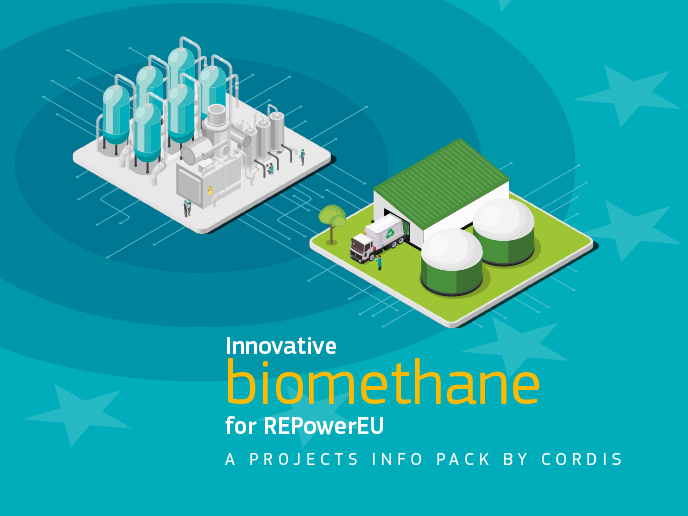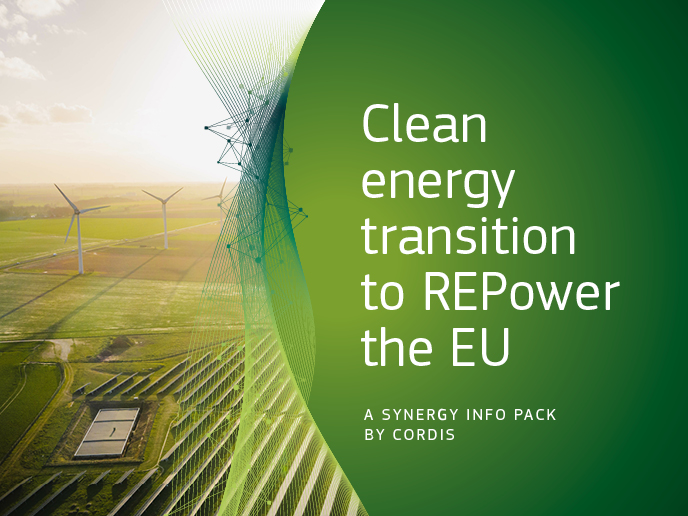Characterising new battery materials
Meeting the world's energy demands in a sustainable way and alleviating dependence on fossil fuel combustion is one of the most important challenges of the 21st century. Li-ion batteries are leading the charge in many ways. They have revolutionised consumer electronics, are quickly penetrating the electric car market and are set to dominate the grid energy storage sector. The EU-funded project IONELECTRO (Molecular origins of electrochemical energy storage properties in lithium-ion batteries and supercapacitors) has shed important new light on atomic-scale mechanisms for rational design of improved Li-ion batteries. Structure is always inherently linked to function and it is no different for Li-ion batteries. However, amorphous structures and defects are difficult to analyse at the atomic or ion-transport level. Exploiting state-of-the-art and newly developed solid-state nuclear magnetic resonance (NMR) spectroscopy, scientists have revealed critical details about next-generation Li-ion battery electrode and electrolyte materials. Researchers developed a novel NMR-based experimental approach to identify and characterise local Li structures and environments in Li-containing solids and atomic-scale defects in crystalline Li-ion battery electrodes. Scientists were able to reveal atomic-scale properties of Li in different environments with unprecedented detail for important outcomes. In contrast to other techniques suggesting that a promising next-generation Li-ion battery electrode material (LiVPO4F) is very well crystallised, the new experiments demonstrated a large number of defects and their nature. Investigation of the origins of the defects and their impact on electrochemical properties are underway. Differences in the local Li environments were also found in two forms of another highly promising Li-ion battery electrode (Li2Fe(SO4)2). Solid polymer electrolytes are non-flammable and generally safer than organic liquid electrolytes. Novel NMR techniques revealed new information regarding how ions diffuse over various time and length scales in different polymer electrolytes. Understanding the electrochemical nature of Li-ion battery materials on the atomic scale is expected to aid scientists in their quest for rationally designed and thus significantly improved Li-ion battery electrodes and solid electrolytes. This in turn will be a valuable contribution to the future of the global energy map and reducing dependence on combustion of fossil fuels for the health of the planet.







